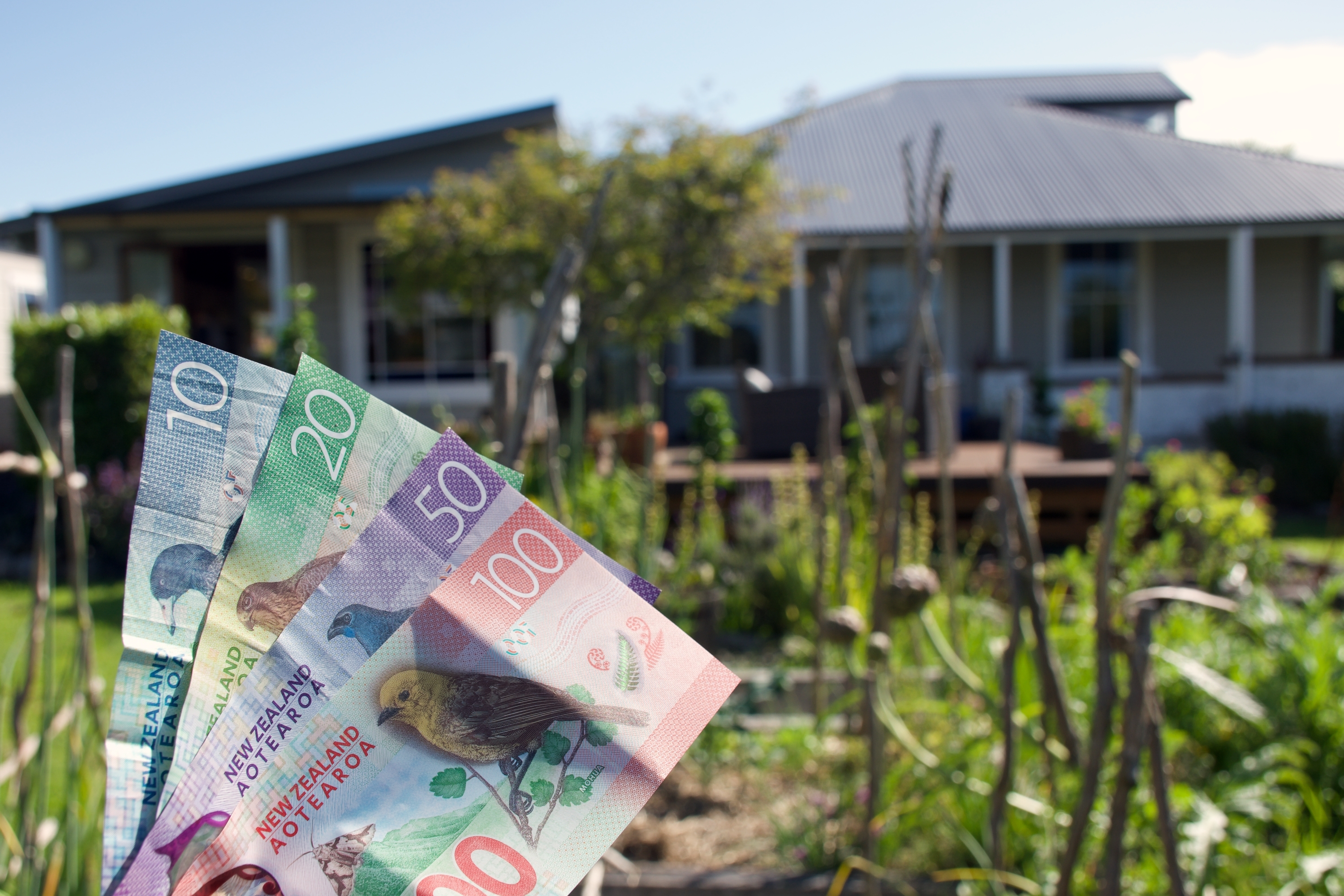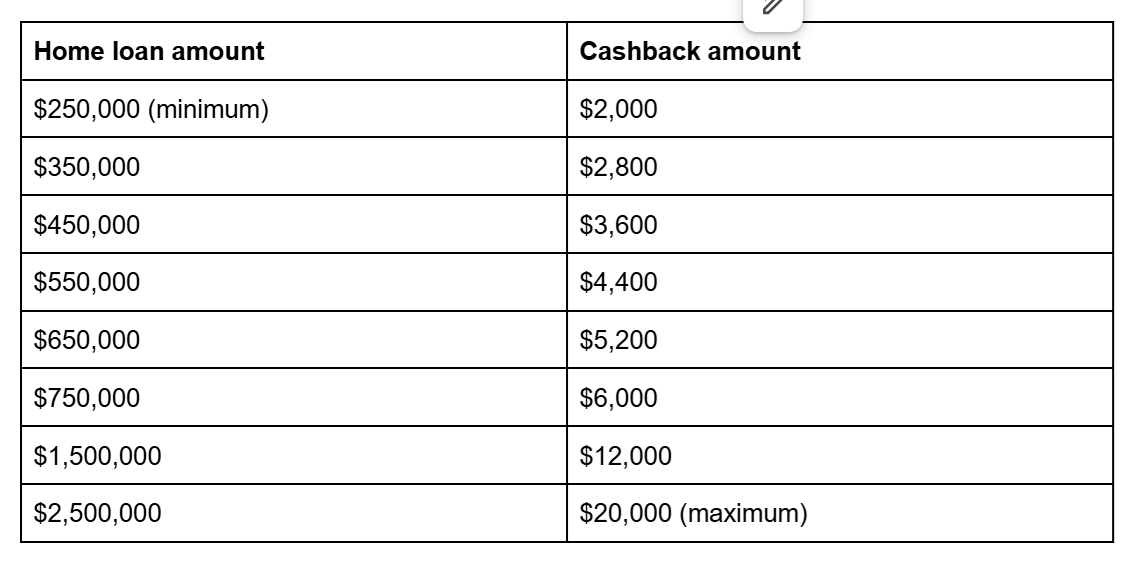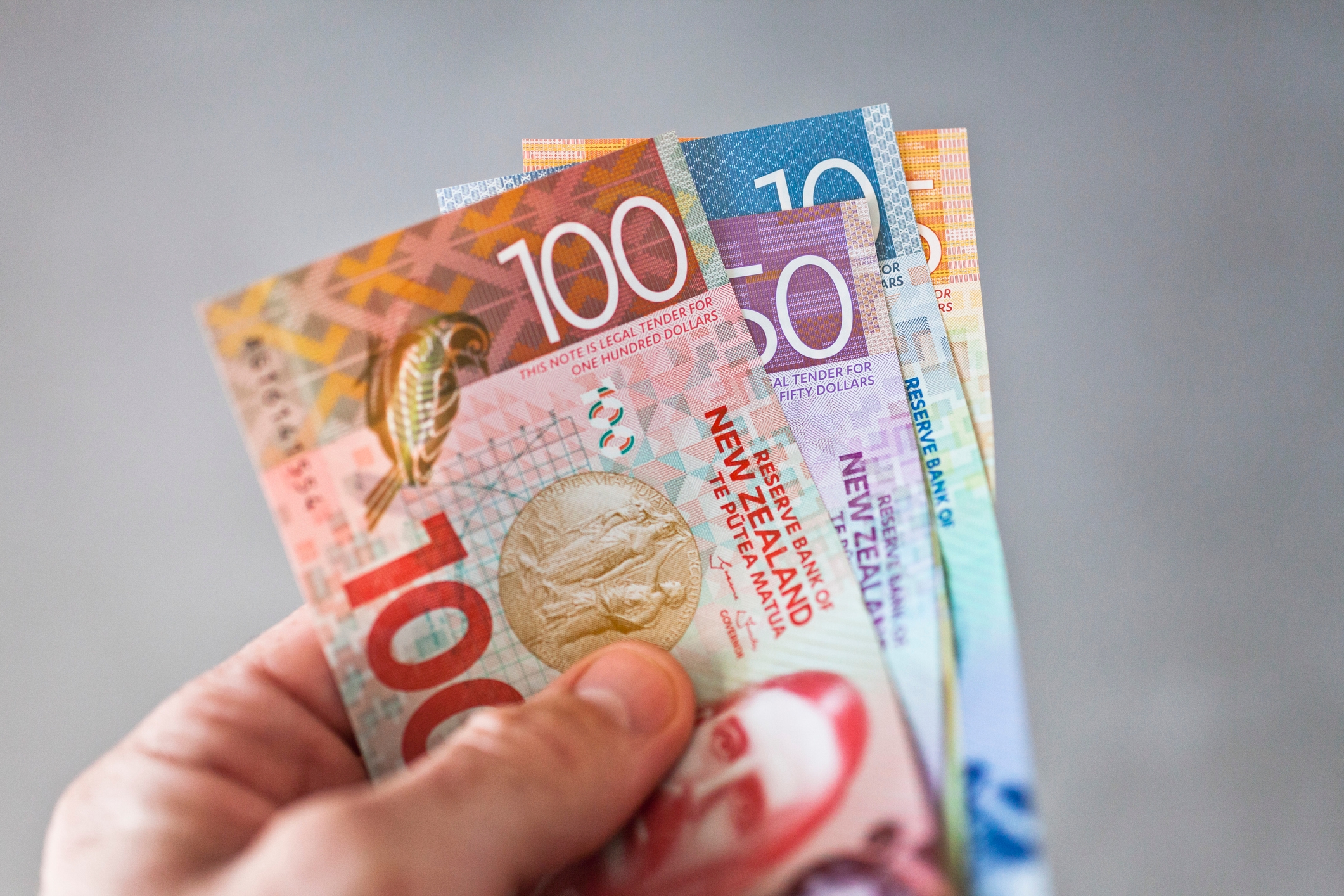Buying guide
Home loan cash back: a guide for home buyers & refinancers
Beware the free money

Aotearoa’s’s banks want you to stay with them once you’ve got a mortgage, so they offer a number of incentives. One of those is mortgage cashback.
This is a percentage of the home loan paid back to your bank account on settlement day for you to spend or save however you’d like. For cash strapped home owners and first home buyers, this money can be a godsend – but it comes with strings attached.
How much is home loan cashback?
Home loan cashback is a percentage of your loan, ranging from 0.6% to 1% but capped at $20,000. The average is around 0.8% as of December 2024, according to Squirrel Mortgages.
Keep in mind that it’s up to the banks how much cashback they offer you. They tend to offer more if you’ve got a high deposit for example, and less if you’re a low deposit buyer. They may offer a bit more to first home buyers, or if they’re currently running a promotion.
Examples of cash back amounts (0.8% cashback)
(This is just an example - actualy cashback ammounts may vary)
What can I do with the cash?
Once it’s in your bank account your mortgage cashback is yours to do whatever you’d like with. You could fix up issues in your new home, start renovations, pop it in a savings account, or use it to pay down your mortgage.
Who’s eligible for a home loan cash contribution?
Mortgage cashback is a tool banks use to attract new customers, so they usually only offer it to you if you’re purchasing a property, or refinancing your mortgage from another lender.
If you’re an existing customer you may still be able to negotiate a cashback when you refix your loan, especially if you’re working with a good mortgage broker. If that doesn’t work, there’s nothing to stop you refinancing to another lender who may offer you cashback (that is unless you’re within your current bank’s cashback clawback period – more on this below).
Cashback can make a big difference.
Beware the claw back period
Unfortunately, banks don’t give you thousands of dollars out of the goodness of their hearts – cashback is a tool they use to retain you as a customer.
That’s why all mortgage cashbacks come with a ‘claw back period’. In other words, if you refinance, repay your loan or sell your house within a given timeframe (usually 3-4 years) you’ll be required to repay a portion of the cashback.
This is repaid on a pro-rata basis, meaning the repayment decreases along with the remaining period of the claw back period. For example, if you were to repay your loan at the start you’d need to repay 100% of the cashback, 50% if you repaid halfway through, and 0% if you repaid your loan at the end of the period.
How to compare loans with mortgage cashbacks
If it weren’t for mortgage cashbacks you could simply compare interest rates to understand which loan is the better deal. But adding several thousands dollars into the mix complicates things.
Here’s an easy way to compare two or mortgage mortgages with cashback:
Work out your total loan cost for the cashback period. To do this, simply pop your numbers into a mortgage calculator, work out the monthly repayment amount and multiply that by however many months are in your cashback period (36 for three years and 48 for four years).
Deduct the mortgage cashback amount from that number.
If one clawback period is three years and one is four, you can divide these numbers to work cost for one year so they’re easier to compare.
Can I get a mortgage cashback if I already have a mortgage?
You can absolutely get a mortgage cashback if you already have a mortgage.
If you’ve already got a mortgage cashback it’s usually best to wait until the end of the clawback period to make any changes. At that time you can either approach your current lender and request a cashback in order to keep you – or approach other lenders to enquire about their mortgage cashback offers.
If your lender doesn’t offer you cashback you may be able to refinance to another lender and make the most of their offer. Doing this every three to four years may be worthwhile to get your hands on as much cashback as possible.
Just keep in mind, there are costs associated with refinancing so you should always weigh these up before switching lenders. We recommend talking to a mortgage broker to help make this decision – they’ll be able to help you do the sums and potentially get you a higher cashback.
Have you refinanced to get cashback lately?
Are mortgage cashbacks worth it?
Mortgage cashbacks can be great. But before you accept one you should always carefully consider the conditions that come with it, particularly the clawback period.
It’s also a good idea to think about how you can make the most of that cash. For example, you could pop your cashback in a term deposit or high interest savings account until your loan’s fixed period is over then put your entire cashback (plus interest) into your mortgage.
Doing this every few years could cut years off your mortgage term.
DISCLAIMER: The information contained in this article is general in nature. While facts have been checked, the article does not constitute an advice service. The article is only intended to provide education about mortgage cashback. Nothing in this article constitutes a recommendation that any financial product or course of action is suitable for any specific person. We cannot assess anything about your personal circumstances, your finances, or your goals and objectives, all of which are unique to you. Before making decisions about your home loan, we highly recommend you seek professional advice.
Author
Search
Other articles you might like




.png)



